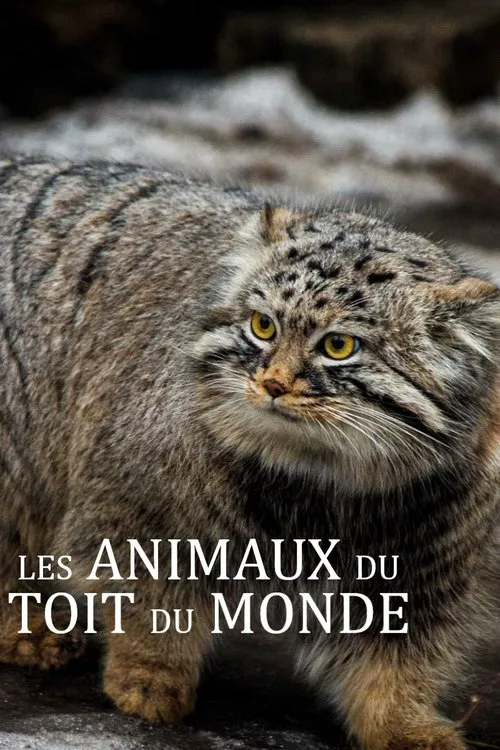Tibet: Roof of the World

Plot
The film "Tibet: Roof of the World" transports viewers to the breathtaking landscape of the Tibetan Plateau, a region of unrelenting beauty and unforgiving harshness. This vast, elevated expanse is home to a diverse array of wildlife that has adapted in remarkable ways to overcome the region's extreme climate and terrain. Our journey begins with the Tibetan wolf, one of the most iconic and awe-inspiring animals of the plateau. We observe a pair of wolves, accompanied by their playful pups, as they navigate the rugged peaks in search of sustenance. The camera captures their every move, from stalking prey to caring for their vulnerable young. Despite the challenges they face, including scarce resources and predators from below, the wolf family's bond remains strong, a testament to the power of loyalty and protection in the face of adversity. In contrast to the majesty of the wolves, we are introduced to the snub-nosed monkey, a creature of remarkable resilience and agility. These diminutive primates inhabit the lower slopes of the plateau, where the forest's dense foliage provides shelter from the harsh elements. As we observe the monkeys' daily lives, we begin to appreciate the intricate dynamics of their social hierarchy. Family dramas play out in full view, as the dominant matriarchs vie for position and dominance. Yet, despite the tension and competition, the monkeys' bond with one another is deep and unbreakable. One of the most remarkable and poignant stories of the film is that of the chiru antelope, also known as the Tibetan antelope. These magnificent creatures are known for their impressive migrations, which can span hundreds of miles in search of suitable breeding grounds. Our cameras follow a herd as they embark on their journey, braving treacherous terrain and extreme weather conditions. As we witness the chiru's incredible determination and endurance, we are struck by the sacrifices they make in order to give birth. For these animals, there is no safe haven, and each birth is a gamble against death and predation. In a different corner of the plateau, we meet the hardy pika, a tiny creature that has adapted to the extreme conditions in a most remarkable way. These diminutive rodents are found in every nook and cranny of the landscape, their small size allowing them to survive in the most inhospitable of places. As we observe the pikas, we begin to appreciate the extraordinary lengths to which they go to protect themselves from the elements. Their thick coats of fur and layer of fat allow them to withstand even the most extreme temperatures, while their ability to cache food for the winter provides a vital survival strategy. As we continue our journey across the plateau, we come to realize that each of these species has developed its own unique set of adaptations, designed to survive and thrive in one of the most challenging environments on Earth. The snub-nosed monkeys' social complexity, the chiru's migrations, and the pika's physical adaptations all serve as testaments to the incredible diversity and resilience of life on the Roof of the World. The camera work and cinematography of the film are truly breathtaking, capturing the breathtaking vistas and intimate moments of the animals' lives with equal ease. From the towering snow-capped peaks to the lush valleys below, the landscape is a constant source of awe and wonder. Yet, it is not just the scenery that is inspiring – it is the animals themselves, whose bravery and determination in the face of adversity make them the true heroes of the film. In the end, "Tibet: Roof of the World" is a celebration of the natural world and all its wonders. It is a reminder of the importance of preserving these incredible ecosystems for future generations, and a testament to the indomitable will to survive and thrive that is found in every corner of the natural world.
Ulasan
Rekomendasi




